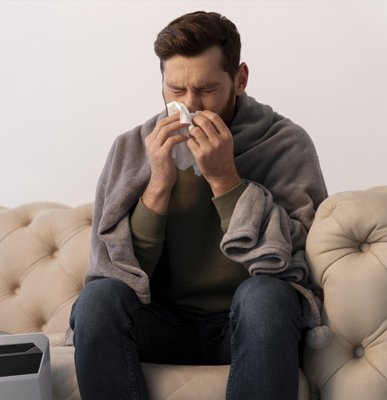What are the symptoms?
Non-life-threatening but serious symptoms of cold urticaria can include:
- hives, which are red, itchy, raised welts at the site of cold exposure
- a burning sensation on the affected skin as your body warms
- swelling at the site of exposure
- fever
- headache
- joint pain
- fatigue
- anxiety
Severe symptoms of a cold urticaria that require immediate medical attention may include:
- anaphylaxis, which is a severe acute allergic reaction
- breathing problems, like wheezing
- swelling of your tongue and throat
- heart palpitations
- a drop in blood pressure
- fainting
- shock
The appearance of CU symptoms can vary. You may find that symptoms occur almost immediately (2 to 5 minutes) after exposure to cold temperatures. Symptoms may disappear in 1 to 2 hours.
Other times, the reaction may begin long after cold exposure, within hours or a couple of days, and could take up to 2 days to go away. Your condition may be inherited if you experience delayed CU symptoms.
What causes cold urticaria?
CU can occur for many reasons, including:
- going outside in frigid weather
- swimming or bathing in cold water
- entering a space that’s air-conditioned or kept at cool temperatures, like a walk-in freezer
In general, the temperature you’re exposed to has to be less than 39°F (4°C) to develop symptoms.
If you have cold urticaria, exposure to these cold temperatures causes your body to release histamines, which triggers symptoms.
Who’s at risk?
CU most often develops in young adults.
About half of people who have the condition, as time goes on, will either have significant symptom improvement or not experience any more CU within 6 years.
CU can be inherited from a family member. It can also occur in people with no family history. Symptoms may also be triggered by a specific illness, such as:
- an autoimmune condition
- a viral infection causing mononucleosis
- chicken pox
- viral hepatitis
- other blood conditions
Most often, symptoms may appear seemingly out of nowhere, with no obvious underlying trigger other than exposure to the cold.
How is it diagnosed?
See your doctor if you’re experiencing what appears to be cold urticaria with exposure to the cold for the first time.
This will allow your doctor to diagnose your symptoms. There are some conditions that have similar symptoms. It’s important to rule those out.
Seek medical care immediately if your symptoms are severe.
During your doctor’s visit, be prepared to discuss your symptoms and health history. Your doctor will also do a physical exam.
They may also perform an ice cube challenge test to observe your body’s reaction to cold temperatures.
During this test, the doctor will apply an ice cube in a plastic bag to your body for a few minutes and then see if hives or other symptoms occur.
Your skin may not immediately react to this test if you inherited the condition. Symptoms of inherited CU may take at least 20 — or even 30 — minutes to appear.
Your doctor may also order blood tests to determine or rule out underlying causes of your symptoms.
















